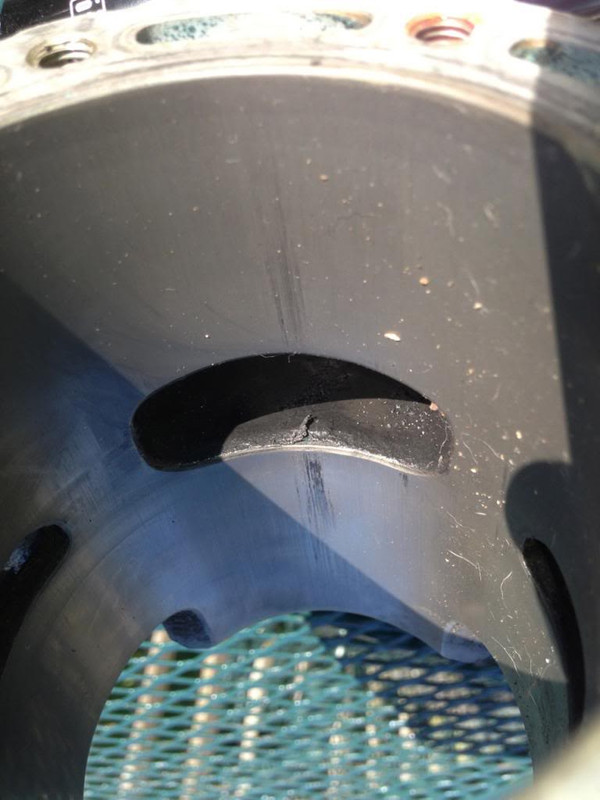If the right crank seal is leaking, it will suck transmission oil. You say you rebuilt the motor, is it possible you put the seal in wrong way around ?
I don't remember how it went in - but I paid very close attention to all seal orientations, especially with the crank seals because there are oil passages near there. Also, the pressure test I ran showed no leaks, so I think its unlikely. Not impossible, just unlikely........
I'm not sure I'll have time before Monday, unfortunately! Thanks though, I appreciate the offer and wish you all the best in surviving until MondayIs it wet black **** or dry speckles coming out of the exhaust?
If you want to borrow a compression tester, I don’t mind loaning you mine if you’re not too far from Oakville. I don’t mind dropping it off as my mother-in-law is in town until Monday and I need an escape plan.
As for the exhaust, I do remember a lot of thick wet black stuff. I don't think it was dry
I'm not sure how useful a wide-band lambda sensor would be on a two stroke. A two stroke will always have a lot of air (oxygen) bypassing straight through, EGT will be low, and the oil and carbon are sure to foul the sensor. They're really meant for 4 stroke engines.
Yes - I am committing two atrocities, using it on a 2 stroke and using a tailpipe sniffer. This PDF outlines these problems, and how to (supposedly) mitigate the error, for anyone interested
I would get rid of the old gas in the tank. Compare the old needle to the new one from the kit. Are they the same? Needle position? check the parts numbers. Are the jets made by mikuni? I only trust mikuni jets - not china aftermarket, for accuracy of the drilled holes. Winners circle is a good place to go for jets and needles IMO. Im wondering where you sourced your rebuild kit from? Is it yamaha OEM?
30:1 is a good fuel/oil ratio for an old yamaha 2 stroke. I ran 28:1 in a DT125, IT250, and even in my liquid cooled DT200 and kdx200 - They all were reliable over the years. Never had any fouling problems. Of course they would smoke a bit on start up - but that would clear up in about 30 seconds or so as the motor warmed.
It was a standard issue Keyster carb kit, that's where the new needle is from. I can order a stock needle from another source to be sure, that info is in the service manual. Jets were from Fortnine, they claim to be genuine Mikuni.
I went with 30:1 because I heard the old Yamaha's use a much lower ratio. Also, I have heard anecdotally that the oil tank needs to be filled up every 2-3 tanks, which puts it around 20:1 average, knowing the fuel tank capacity
But - I don't know jack about 2strokes. With a newer oil, can I up that ratio? What is more important - the OEM specified ratio from the 70's or the oil manufacturer suggested ratio on the bottle? Changing premix ratios changes the AFR? A lower ratio means more oil per volume of air, means less gas per volume of air, right?
That is half-burned oil, there is nothing else it could be!
Do you mean half burned oil from the premix, or from the crankcase?
Weak coil spark?
Im surprised its even running with the amount of unburned (oil and gas) sludge described coming out the pipe.
I put on a 12v Powerdynamo system, all new alternator, CDI, ignition coil, everything. They have rave reviews from inside the community. Maybe its a testament to the ignition system that the bike fires at all ?










 .
.



















